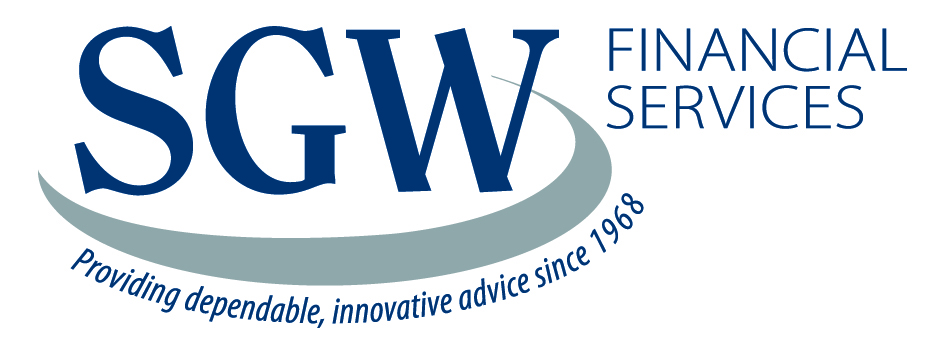Spouses have clear motivations to at least consider the potential benefits of taking a co-ordinated approach to savings and investing – as well as in dealing with their day-to-day budgeting.
The motivations for couples to think about a harmonised approach to family finances are rising. This is, in part, because of the lowering of super contribution caps, the new $1.6 million pension transfer cap and a proposal to increase the maximum number of members in a self-managed super fund (SMSF).

Wealth management
Whether a joint approach to money works in the interest of both spouses much depends, of course, on personal circumstances.
In a few words, the potential benefits of such an approach are that couples are working together to achieve mutually set financial and personal goals.
By contrast, spouses with an uncoordinated approach may be unintentionally pulling in different directions. They may not be making the most of opportunities to save and invest, and perhaps have no realistic impression of how far their savings will stretch in retirement.
Consider making a list of at least the fundamental ways that you and your spouse can harmonise your finances and then perhaps discuss the list with an adviser.
Your list may include: budgeting together, setting shared long-term goals, co-ordinating investment and saving strategies to achieve those goals, and setting appropriate asset allocations and diversification for portfolios held jointly and individually.
Other critical matters to add to your list include: deciding whether your family has enough life, disability, income-protection and medical insurance; minimising investment costs that handicap investment success; and undertaking co-ordinated estate planning.
An estimated two-thirds of Australian couples are in a marital relationship at typical retirement ages. As actuaries Rice Warner comments in a research paper, it “simply makes sense” for them to take a synchronised stance to managing their wealth.
Age pension eligibility and payments are based, of course, on “singles” or “couples”, adding to the case for couples to take a co-ordinated approach.
Raising a family
Couples with a co-ordinated stance to managing their money typically improve their chances of catching up on their super contributions while one takes a few years off work to raise children. For instance, the partner remaining in the workforce could increase their super contributions if possible or split their contributions with a spouse taking time out of the workforce.
Super caps
The lowering of the contribution caps and the introduction of the $1.6 million pension transfer cap provide a further incentive for a couple to combine and co-ordinate their savings efforts.
The indexed $1.6 million pension transfer cap is the maximum transferrable from an accumulation to a pension super account from 1 July 2017. Further, members with total super balances (in accumulation and pension accounts) greater or equal to the transfer cap can no longer make non-concessional (after-tax) contributions without overshooting the contributions cap.
SMSFs
Rice Warner has observed in the past that most SMSFs are set up by spouses who then mostly “co-mingle the assets” in what is “effectively a joint superannuation account with each partner’s share identified”.
From July next year, the Government proposes to increase the maximum number of members in an SMSF from four to six. As the Australian Superannuation Handbook 2018-19, published by Thomson Reuters, comments, the proposal seeks to provide greater flexibility for large families to jointly manage their super.
Finally, a core benefit for spouses taking a joint approach to family finances is that both should gain a better understanding of family finances.
Please contact us on 02 6947 2866 if you seek further discussion .
Written by Robin Bowerman, Head of Corporate Affairs at Vanguard.
Reproduced with permission of Vanguard Investments Australia Ltd
Vanguard Investments Australia Ltd (ABN 72 072 881 086 / AFS Licence 227263) is the product issuer. We have not taken yours and your clients’ circumstances into account when preparing this material so it may not be applicable to the particular situation you are considering. You should consider your circumstances and our Product Disclosure Statement (PDS) or Prospectus before making any investment decision. You can access our PDS or Prospectus online or by calling us. This material was prepared in good faith and we accept no liability for any errors or omissions. Past performance is not an indication of future performance.
© 2018 Vanguard Investments Australia Ltd. All rights reserved.
Important:
Any information provided by the author detailed above is separate and external to our business and our Licensee. Neither our business, nor our Licensee take any responsibility for any action or any service provided by the author.
Any links have been provided with permission for information purposes only and will take you to external websites, which are not connected to our company in any way. Note: Our company does not endorse and is not responsible for the accuracy of the contents/information contained within the linked site(s) accessible from this page.
